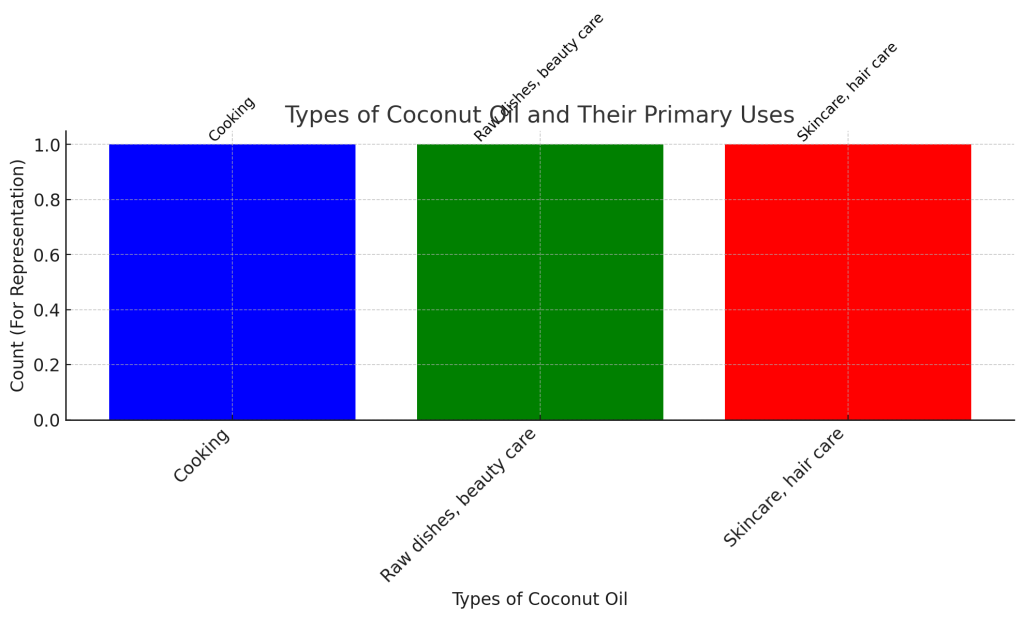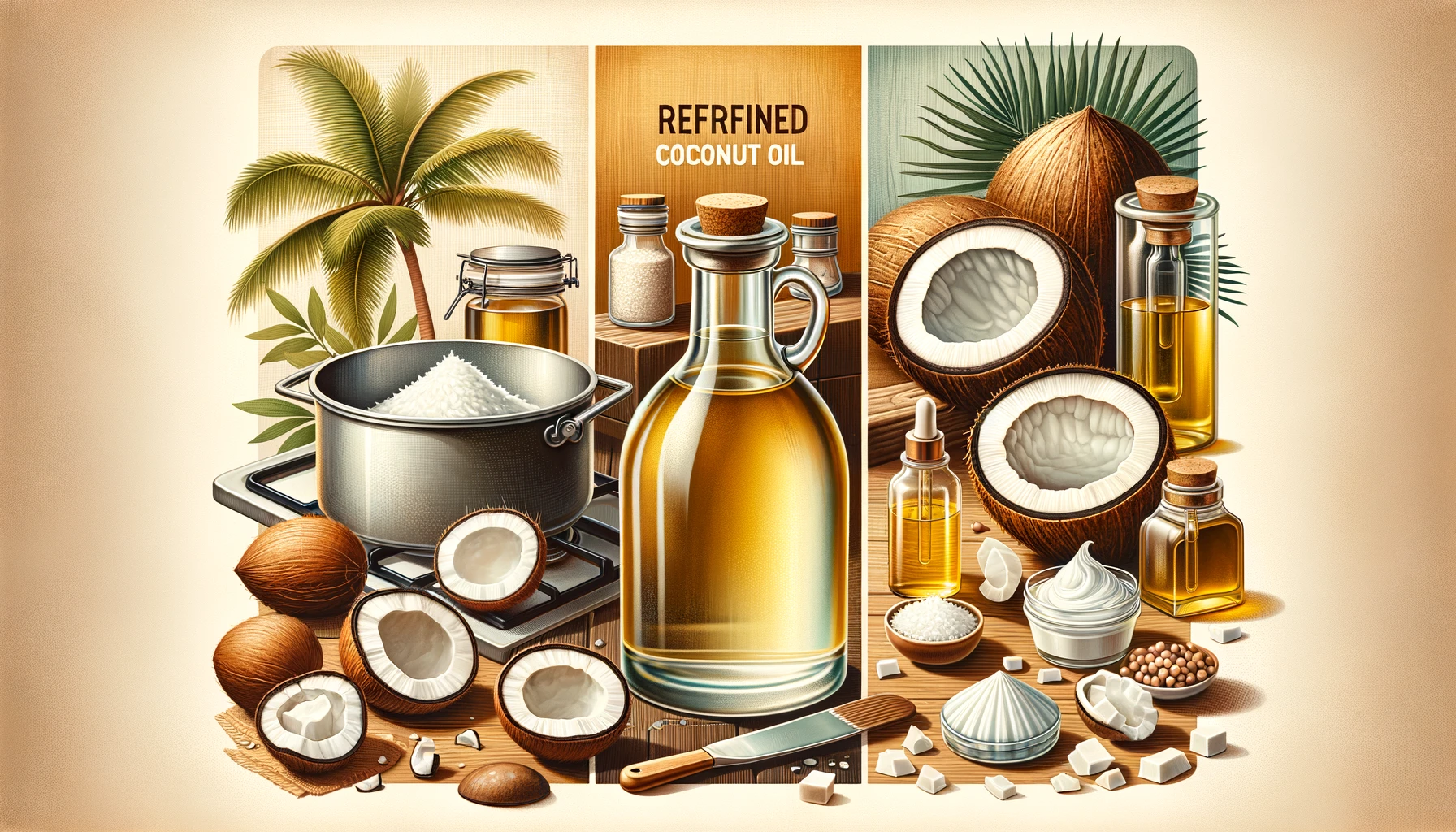Key Takeaways
| Aspect | Description |
|---|---|
| Appearance | Signs of spoilage, color changes, and consistency |
| Smell | Notable changes in aroma |
| Shelf Life | Expected duration and storage tips |
| Usage Tips | Safe practices and alternatives |
Coconut oil, a versatile and healthy fat widely used in cooking, skincare, and hair care, holds a special place in our kitchens and beauty routines. However, like all natural products, it can expire, and it’s essential to recognize the signs to ensure safety and quality. In this article, we dive into what expired coconut oil looks like, its shelf life, and how to store it properly to prolong its usability.
Identifying Expired Coconut Oil: Visual and Olfactory Clues
Appearance: Fresh coconut oil typically has a clean, white color when solid and a clear appearance when liquid. Over time, expired coconut oil can show noticeable changes. These include discoloration, such as yellowing or developing dark spots, and changes in texture, like becoming lumpy or showing signs of mold growth. Such alterations are clear indications that the coconut oil is no longer suitable for use.
Smell: The aroma of coconut oil is usually mild and slightly sweet. When it goes bad, the smell can turn rancid or sour, significantly differing from its original scent. This change in odor is a reliable indicator of spoilage.
Understanding the Shelf Life of Coconut Oil
Coconut oil has a relatively long shelf life compared to other oils, thanks to its high saturated fat content. Typically, it can last up to two years if stored properly. However, several factors can affect this, including the type of coconut oil (refined or unrefined), storage conditions, and whether it’s been opened. It’s always best to check the expiration date provided by the manufacturer.
Optimal Storage Practices
To maximize the shelf life of coconut oil:
- Store in a cool, dark place.
- Keep the container tightly sealed.
- Avoid direct exposure to heat and light.
- Minimize contact with moisture and air.
Safe Usage and Alternatives
When in doubt about the quality of your coconut oil, it’s safer to discard it. Using expired coconut oil, especially in cooking, can be harmful due to the potential development of harmful bacteria or molds. As an alternative, consider using fresh coconut oil or other suitable oils like olive or avocado oil, depending on your needs.

The Varieties of Coconut Oil and Their Characteristics
Coconut oil comes in several types, each with unique properties and uses. Understanding these differences is crucial for choosing the right oil for your needs.
Refined Coconut Oil: Processed to remove impurities and flavor, refined coconut oil has a higher smoke point, making it suitable for high-heat cooking. It’s also less likely to impart a coconut flavor to dishes.
Unrefined Coconut Oil: Also known as virgin coconut oil, this type is extracted from fresh coconuts without the use of high temperatures or chemicals. It retains more natural nutrients and has a distinct coconut aroma and flavor.
Fractionated Coconut Oil: This form of coconut oil has had some of its fatty acids removed, making it liquid at room temperature. It’s often used in skincare and hair care products due to its light texture.
Table: Types of Coconut Oil
| Type | Description | Best Use |
|---|---|---|
| Refined | Neutral flavor, high smoke point | Cooking |
| Unrefined | Rich in nutrients, strong coconut flavor | Raw dishes, beauty care |
| Fractionated | Liquid form, light texture | Skincare, hair care |
Tips for Choosing and Using Coconut Oil
When selecting coconut oil, consider the intended use. For cooking, refined coconut oil is often the better choice, while unrefined coconut oil is ideal for raw dishes or as a natural beauty product. Always opt for high-quality, organic coconut oil for the best results.
In terms of usage, remember:
- Refined coconut oil is excellent for frying, sautéing, and baking.
- Unrefined coconut oil is perfect for adding to smoothies, spreads, or as a moisturizer.
- Fractionated coconut oil is a great carrier oil for essential oils in aromatherapy.
The Bigger Picture: Coconut Oil in Your Lifestyle
Integrating coconut oil into your lifestyle offers numerous benefits, from enhancing your cooking to boosting your skincare routine. However, awareness of its shelf life and signs of spoilage is crucial for safe and effective use. By understanding what expired coconut oil looks like and how to choose and use different types, you can make the most of this versatile product.
Remember to visit the insightful articles on What Does a Ripe Coconut Look Like, What Does a Coconut Seed Look Like, What Does a Coconut Tree Look Like, and What Does Cream of Coconut Look Like for more comprehensive knowledge on all things coconut.

